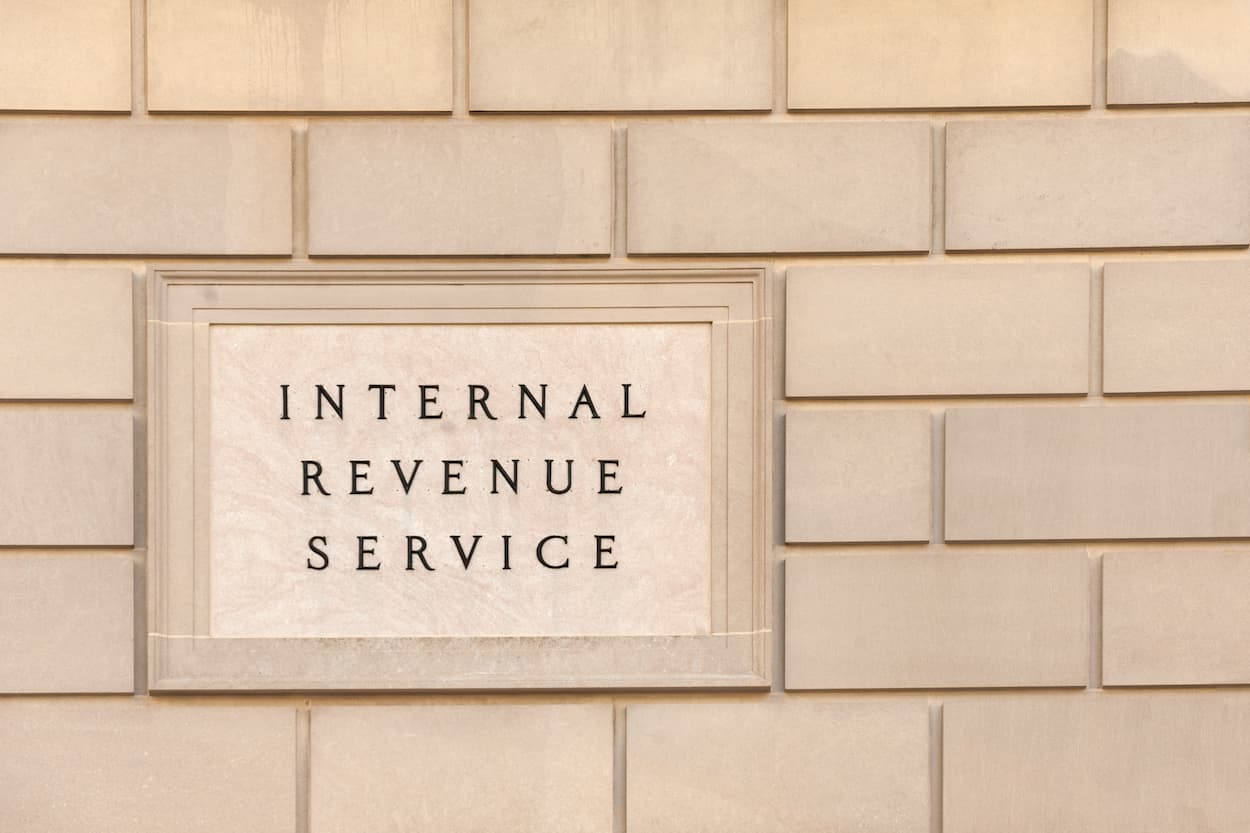Written by
Bretton Chatham
Bretton is an aPHR-certified member of the Marketing Team at Bernard Health. He writes about HR, compliance, and benefits solutions.
Form 940: What It Is and How to Fill It Out

Unemployment has unfortunately become a relevant issue for more and more American workers over the past year. But funding unemployment has concerned employers for decades. To that end, employers comply with federal law by using Form 940.
What is Form 940 and how do you fill it out? We’ll cover those questions in depth in this article.
What’s Form 940?
IRS Form 940 is the annual tax return used by employers to comply with the Federal Unemployment Tax Act (FUTA). On the form, employers report the difference between unemployment taxes owed the previous year and how much they have already paid. You can download a copy.
Who’s Responsible for Form 940 and FUTA Taxes?
According to the “general test,” employers are required to file Form 940 if they:
- Paid $1,500 or more in wages during any quarter of the previous year
OR
- Employed one or more workers for at least part of a day in at least 20 different weeks of the previous year.
The requirements to file are different for employers of household or agricultural workers. Although most employers do need to file Form 940, tax-exempt, nonprofit organizations under Section 501(c)(3) do not.
The IRS clearly states, “Only employers pay FUTA tax. Do not collect or deduct FUTA tax from your employees' wages.” Workers may collect unemployment compensation if they have lost a job through no fault of their own, but—unlike payroll taxes, such as Social Security and Medicare—unemployment taxes are not withheld from workers’ wages.
Do Employers Have to Pay Both Federal and State Unemployment Taxes?
Yes, most employers must pay both federal and state unemployment taxes. Unemployment benefits are funded through FUTA taxes as well as taxes collected under the State Unemployment Tax Act (SUTA), which some states refer to as State Unemployment Insurance (SUI).
When filing Form 940, it’s important to understand both FUTA and SUTA since your state’s unemployment tax rate affects your federal tax responsibility. Specifically, the FUTA tax rate for 2021 is 6.0%, which applies to the first $7,000 in annual wages paid per employee. However, your employer may be eligible for a credit of up to 5.4% of FUTA taxable wages if:
- Your state unemployment taxes were paid in full
- Your state unemployment taxes were paid on time
- Your state has not been designated a “credit reduction state” by the Department of Labor
In other words, meeting these three criteria should entitle your organization to the maximum credit, which would make your after-credit FUTA tax rate 0.6%. SUTA tax rates can vary widely.
When Are FUTA Taxes and Form 940 Due?
The deadlines for paying FUTA taxes and for filing Form 940 are not necessarily the same.
If your calendar-year tax liability is over $500, FUTA taxes are due quarterly by the last day of the month after the quarter’s end. If your liability is under $500, it carries forward to the next quarter until the cumulative liability reaches that threshold, at which point taxes must be paid quarterly.
Form 940 is due annually:
- If all FUTA taxes were not paid when due, Form 940 is due by January 31.
- If all FUTA taxes were paid when due, Form 940 is due by February 10.
If a deadline falls on a weekend or holiday, the next business day is acceptable.
How to Fill Out Form 940
Form 940 is divided into eight sections: a basic information section at the top followed by seven parts. We’ll approach each in the order it appears on the form:
Top Section: Basic Information
In this section, simply provide your Employer Identification Number and the name and address of your organization. You also need to indicate the type of return.
Part 1 (Lines 1-2): SUTA Status
In this section, indicate whether you are a single- or multi-state employer, including whether you employ workers in a credit reduction state. This is used to determine where you pay SUTA taxes, which will affect your FUTA rate.
Single-state employers need to provide their USPS state abbreviation. Multi-state employers must pay SUTA taxes in each of the states in which they paid wages and fill out Schedule A to reflect that. Find out whether your state has been designated as a “credit reduction state."
Part 2 (Lines 3-8): Pre-Adjustment FUTA Taxes
In this section, calculate your total FUTA liability before taking SUTA into consideration.
To calculate, first indicate total wages paid for the year. Then, write down total non-wage payments, such as fringe, retirement, and dependent care benefits. These are exempt from FUTA taxes as are wages paid in excess of the FUTA wage base—$7,000 per employee—which you will also note in the next line.
After subtracting tax-exempt payments from your total wages, multiply by 0.6% to find your pre-adjustment FUTA tax liability.
Part 3 (Lines 9-11): Adjustments
In this section, determine your adjustments, if any, to the total taxable FUTA wages from the previous section.
If wages paid were exempt from state unemployment tax, if you paid state taxes late, or if you paid wages in a credit reduction state, your FUTA tax rate will be higher. To help you make those calculations, use the Worksheet on page 12 of the IRS Form 940 Instructions.
A few notes about Part 3: If you left lines 1a and1b blank AND line 7 is greater than zero, line 9 MUST be completed. Line 9 does NOT apply if—and only if—you paid no SUTA taxes BECAUSE the state assigned you a tax rate of zero. If line 9 is NOT “0,” lines 10 and 11 do not apply and MUST be “0.”
Part 4 (Lines 12-15): Balance Due/Overpayment
In this section, calculate your total FUTA tax after adjustments, indicate any taxes you’ve already paid, and determine if you have a balance or a refund due.
The calculations for Part 4 are relatively simple:
—If line 12 is greater than line 13, you have an outstanding balance due, which you can pay along with filing the form if the total is under $500.
—If line 12 is less than line 13, you are due a refund for overpayment. Be sure to check whether you’d like to apply your credit to the next return or if you’d prefer a refund check/deposit.
Failure to pay any balance due could result in a penalty.
Part 5 (Lines 16-17): FUTA Quarterly Reporting
In this section, report your FUTA tax liability by quarter.
This section only applies if line 12 is greater than $500. If line 12 is under $500, skip Part 5. Two items to note: you must enter your liability, not what you actually deposited, and line 17 must equal line 12.
Part 6: Third-Party Authorization
In this section, indicate whether or not a third-party designee, such as your accountant, may discuss Form 940 with the IRS on your behalf. Then, provide their basic information.
Part 7: Signature
In this section, sign and print your name. Also, provide the date, your title, and a phone number.
There is also space for your accountant to sign, date, etc. It could actually cost less to seek the help of an accounting professional up front than to risk the penalties associated with incorrect filing and needing their services after the fact.
What Else Do You Need to Know About Form 940?
For more information on Form 940, see the IRS’s exhaustive Instructions page.
Employer taxes—including FUTA and SUTA—can be complicated. It’s highly recommended to use a tax professional.
You can also stay informed, educated, and up-to-date with employer tax compliance, using BerniePortal’s comprehensive resources:
- BerniePortal Blog—a one-stop-shop for HR industry news
- HR Glossary—featuring the most common HR terms, acronyms, and compliance
- HR Guides—essential pillars, covering an extensive list of comprehensive HR topics
- BernieU—free online HR courses, approved for SHRM and HRCI recertification credit
- HR Party of One—our popular YouTube series and podcast, covering emerging HR trends and enduring HR topics

Written by
Bretton Chatham
Bretton is an aPHR-certified member of the Marketing Team at Bernard Health. He writes about HR, compliance, and benefits solutions.
Related Posts
We just wrapped up another phenomenal Weekdays with Bernie (WWB) Conference!
Employees are the heart and soul of an organization, and valuing their opinions can have...
HR parties of one already have an abundance of tasks to keep up with. From hiring to...
The talent search is no longer a skirmish or a battle. It’s a WAR! As a strategic HR...






Submit a Comment